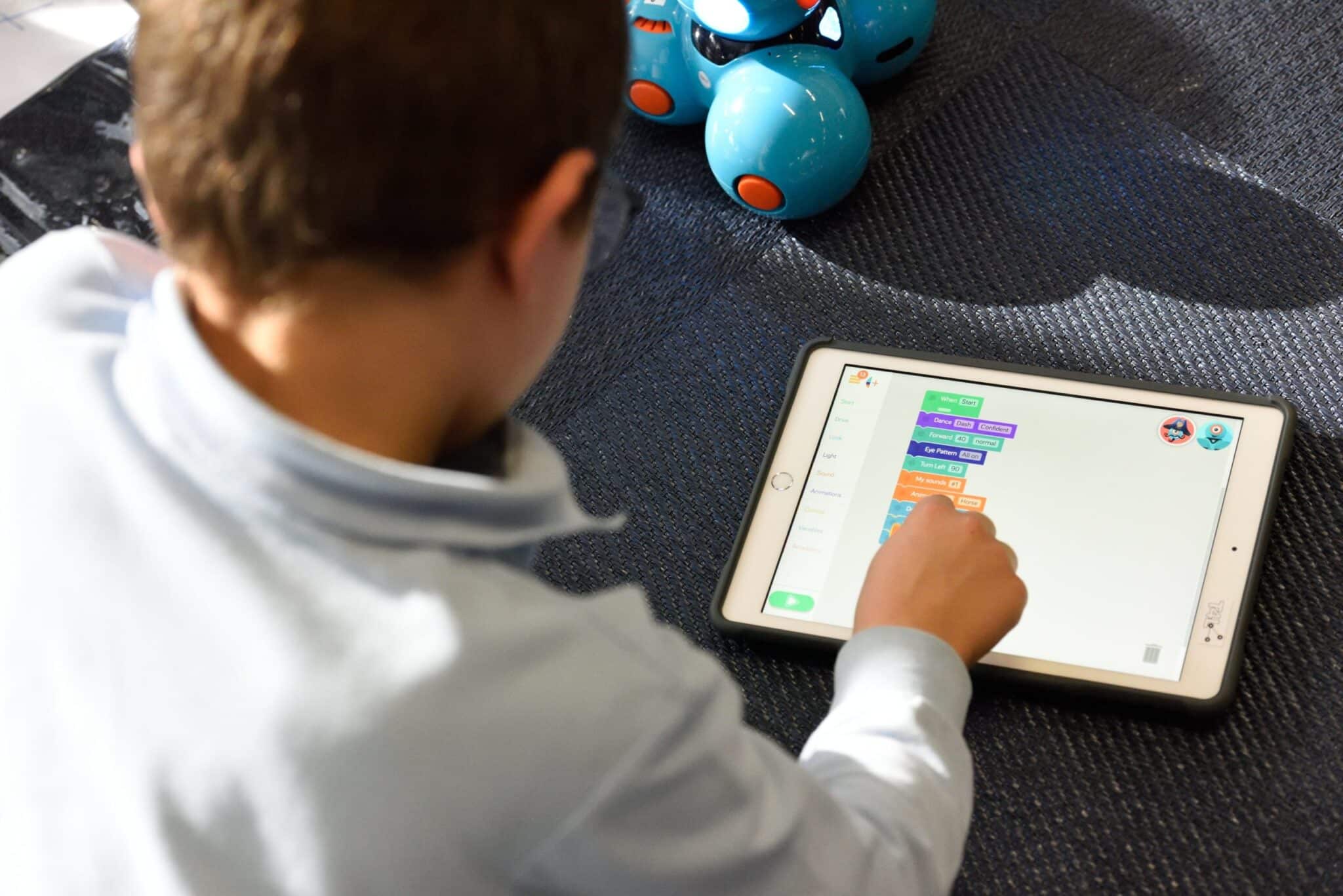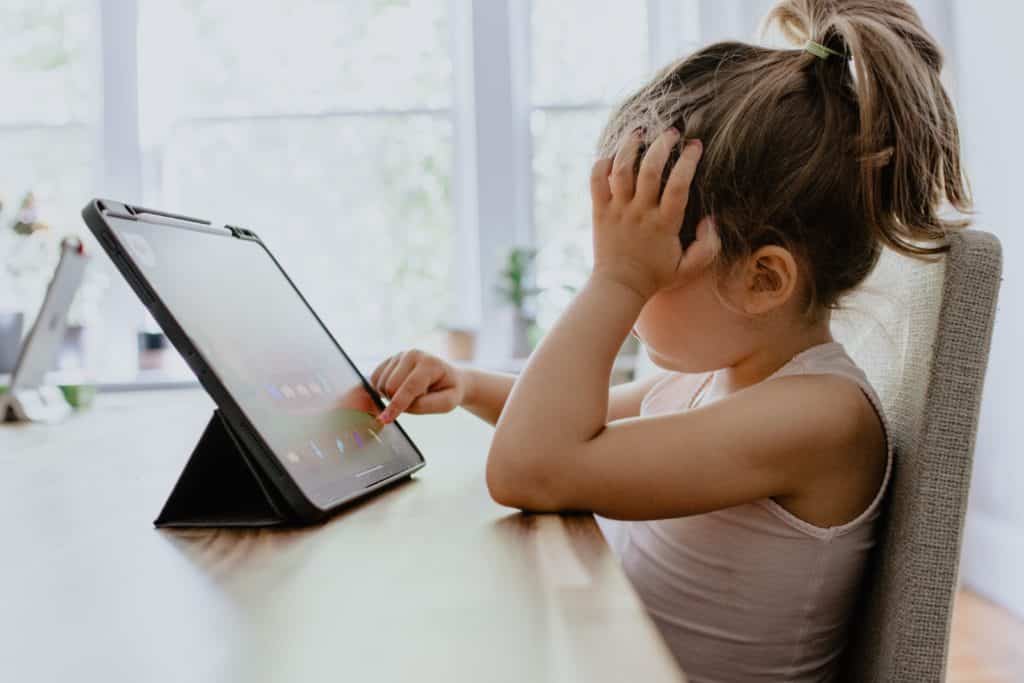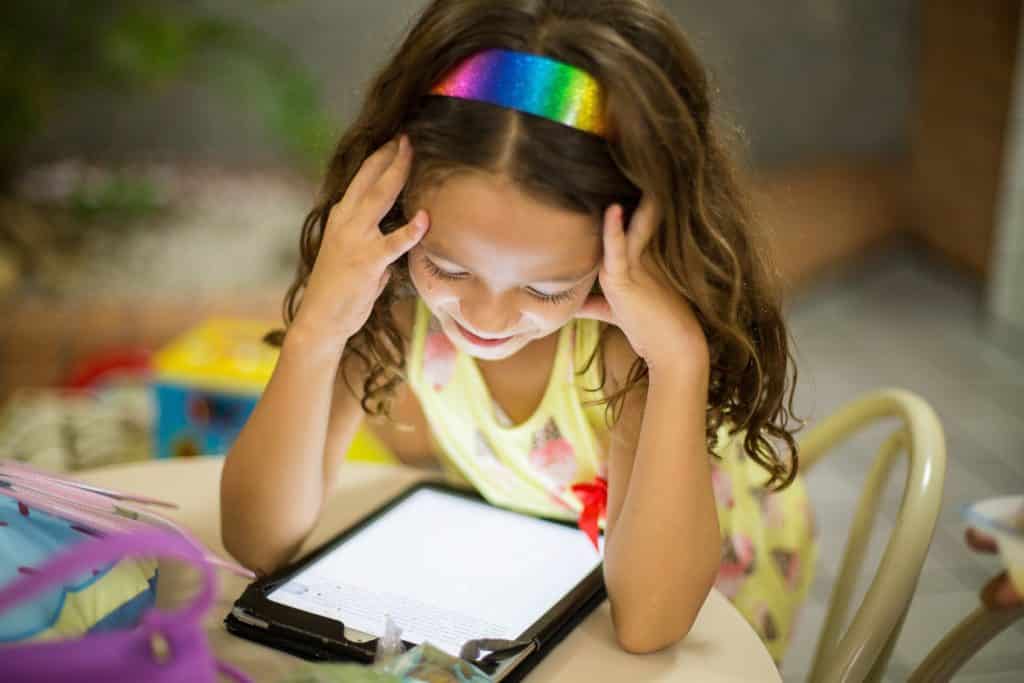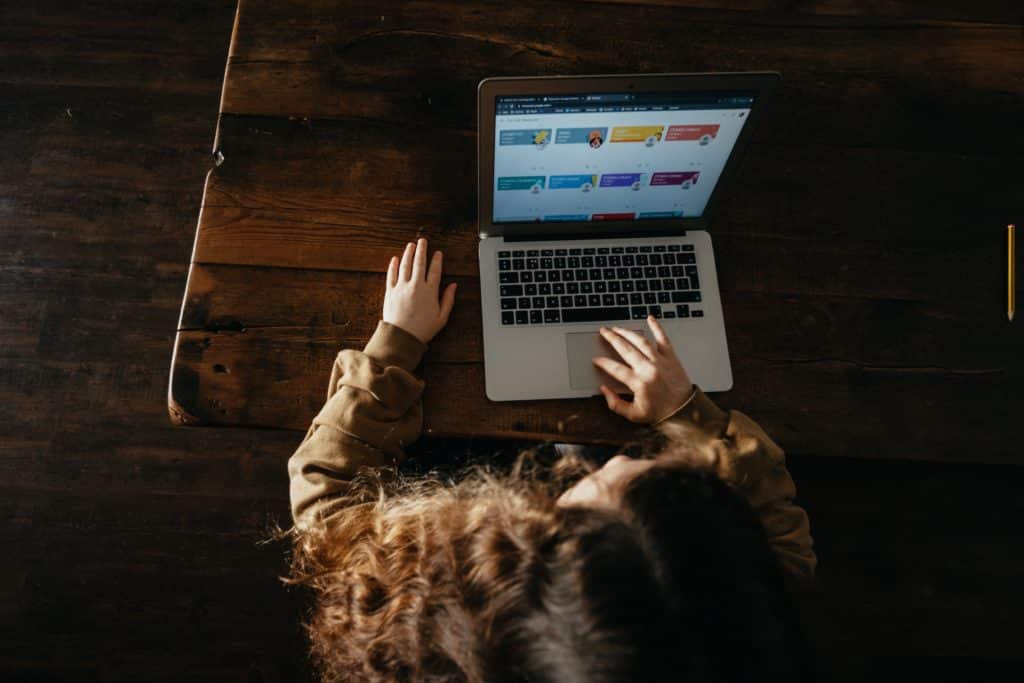It’s a common occurrence. The working parent dials in to an important Zoom meeting with their child on their lap. The parent then needs to end the Zoom call early to attend to their child’s needs. The parent needs to recruit the support of their partner, grandparents and others – should they have access to extra help – or they may find themselves working abnormal hours to account for their child’s schedules.
“As a full-time teleworking parent of a first grader and a preschooler, having to oversee virtual learning has become a full-time second job,” said Lauren Kleinman of Howard County, Maryland. “While the county is doing the best they can with virtual learning, it still requires parental involvement especially at the elementary level.”
Today’s parents are being tasked with accounting for their own work responsibilities, while also ensuring their kids are learning effectively. They need to make difficult decisions as a result. Do they send their kids to school if given the option? Do they keep them at home to learn remotely and trust that their teachers know how to engage them effectively online? Can they trust the school’s crafted plan of rotating groups of children in and out of the physical classroom will keep their kids safe?
Today’s K-12 parents are surely navigating uncharted waters. They often need to blindly trust school leaders to make tricky decisions for them and ensure their children continue to prosper academically while learning remotely.
A lot of parents, while appreciative that these are unchartered waters, “feel that the schools have let us down,” said Anne Marie Hoffmaster of Baltimore County, Maryland. “They want to see some planning to get our kids back in ‘regular’ school.”
Parents said they want to instill some sense of normalcy into their kids’ lives and give them opportunities to interact with classmates and friends, but how to do so safely is often a big question mark.
“It is very difficult to continue, as a parent, ‘to do the right thing,’” Hoffmaster said. “My kids see other families who are not following CDC guidelines – wearing masks, social distancing, avoid indoor gatherings – and it’s difficult to hold firm to trying to be part of the solution and not the problem. It’s sad to see them miss out on the normal things – sports, activities…The social aspect of not being with friends is particularly difficult.”
Here are some perspectives from parents, ranging from preschool to high school, who have students learning in-person, online and through hybrid methods currently.
Preschool
Virtual and online learning is occurring for children as young as preschool. Kassie Bisker who is based in Harford County, Maryland has a 4-year-old daughter who began the school year virtually. This presented significant challenges for her and her husband who are both working remotely. They needed to shuffle their daughter to and from her grandparents’ homes.
For a period of 12 weeks, the Bisker family was sent a daily activity list and a Facebook Live video which was streamed for 15 minutes each morning.
“These activities tended to be geared towards older children, and the woman streaming the morning video spoke so fast. It was hard to follow along,” Bisker said. “After a few weeks we stopped even paying attention to the provided materials and made up our own – thanks in part to my mom who used to be a preschool teacher.”
Bisker’s school, Celebree School of Fallston, reopened with helpful protocols and continues to remain diligent, she said.
“Parents are not allowed beyond the school’s main lobby and are required to wear a mask when dropping and picking up their children. Because the kids are young, they are not required to wear a mask, but can if they so choose. All teachers and administrators are required to wear masks. Temperature checks are administered to both kids and their parents when dropping off in the morning. They try to keep the kids distanced and are focusing more on individual activities rather than group activities when possible. However, with this age it’s difficult to keep them 6 feet apart,” she said.
Bisker also noted she knows many parents with kids in elementary school who are frustrated with monitoring their children’s remote learning. She noted that most Maryland-area districts are going to be switching to a hybrid system within a few weeks, but there is a lack of communication from the school boards on how and exactly when this will take place.
Noah, Kindergarten
Sarit Rothschild who sends her 5-year-old son, Noah to a private school in South Florida, is given the daily option to send him to campus or choose virtual schooling via Zoom.
The school started the first three weeks virtually for all ages. It then staggered the grades being offered the opportunity to return to campus. Now, parents are given the daily option to send their kids to school or keep them remote. The night before, the principal sends out a link for the parents with a schedule for the upcoming day and Zoom links to the sessions should the parents wish to do virtual.
“My child really enjoyed the first 2-3 weeks of virtual school. The teachers worked hard to engage the students, incorporate games and built in a lot of breaks for the kids,” said Rothschild, but knowing that he benefits the most from face-to-face engagement, she then sent him back to campus.
“Wearing a mask all day is an adjustment, but the school has created safe opportunities for the young children to be outside and take off their masks. After speaking to other parents, some are still hesitant to send their kids back on campus, but it is important for children so young to socialize with peers and learn how to function in a classroom,” she said.
Rothschild noted that what might work for older students virtually doesn’t necessarily for kindergarteners who need help with reading and hands-on assistance with virtual school. Most parents are working and cannot devote the time to sit next to their child from 8am-3pm, she said.
“We all have to adapt during these unprecedented times, and I’m so thankful that my son’s school takes the safety and health of the students as its top priority,” Rothschild said. “They make parents fill out a daily health questionnaire about the student’s and family’s current health. His temperature is taken daily and his symptoms are monitored if there are any concerns. For the sake of mental health, it is mutually beneficial for parents and children that school remains open and safe.”
Nathan, 1st grade
Nathan’s school, Pointers Run Elementary School in Clarksville, Maryland, is fully virtual. The school is teaching online via Canvas and Google Meet.
Kleinman, his mom, said she worries about the amount of screen time, the pace of learning being offered and how the teacher can effectively sense if her son is bored and needs to be further challenged while he learns remotely.
“Nathan seems to be doing well; however, there are times he is bored because the work is too easy or the pace is too slow… It is a long day of screen time for him. The children are online during synchronous and asynchronous learning times. I wish that there were workbooks or printable worksheets emailed to students, so that there was less screen time.”
In terms of how to keep things interesting while remote, Kleinman noted that Nathan’s teachers try to be as animated as possible.
“They are creating fun and inventive agendas similar to things they would do in-person… They are embedding videos in their lessons, allowing students to frequently share and engage with one another,” Kleinman said.
For example, one teacher planted seeds during week one with the class watching online. Every week, the students are shown the plant’s growth via Google Meet.
Meredith and Wyatt, 8th grade and 6th grade
Middle schoolers Meredith and Wyatt are being taught fully online via Google Meet by Cockeysville Middle School in Baltimore County, Maryland.
Their mom, Ann Marie Hoffmaster said that while the school is trying to communicate its goals and support the kids with the resources they have, as a working parent, it’s been difficult to keep all of the balls in the air.
“Parents have had to take on too many of the teacher’s responsibilities,” Hoffmaster said. “Parents need to figure out what assignments mean and how to do 8th grade subjects. While we certainly have several teachers that have gone above and beyond, many seem to just give excuses and do the minimum. I would like to see more creative solutions with the kids being the focus. I worry about the kids who have little or no support at home.
Hoffmaster said her children are frustrated and the back to school process has been stressful.
“Both of my kids have said, on multiple occasions, that they just want to be back in school. They are not motivated to excel in their work under these circumstances. I feel like they are mostly just in maintenance mode, not reaching higher levels… Most kids just do their work without much enthusiasm.”
Grace and Michael, 12th grade and 10th grade
Lesa Jackson of Perry Hall, Maryland has two high school students who are learning fully online via Google Meet for classes and Zoom for other school-related services, such as counseling, special education and more.
While she said she believes that Baltimore County leaders are doing the best they can during these unprecedented times, it’s been a lot of trial and error.
“As for the parents, it is difficult since we have now become the “gate keepers” as far as keeping them on task. I feel I have become a student as well. Even with high school students, the isolation has caused them to have limited activities and they seem to need more prompting to complete assignments, log into classes and more,” she said.
Grace also has an IEP in place and has accessibility needs, making the process even more difficult. Jackson said she consistently hears negative comments being made regarding teachers, school administrators and others who are now putting the onus on parents to know their kids’ schedules and help with schoolwork that they themselves are not capable of understanding, let alone teaching.
“It’s been challenging and stressful,” she said. “The isolation has been a total backslide as far as social interaction. My son seems to be taking it in stride. He is very social so all of this has been extremely difficult for him… We also become the “Gate Keeper” for all of their social activities, their interaction with friends and who can they be exposed to.”
Being a parent during COVID-19 times
It’s clear that being a parent during COVID-19 times is not an easy feat. It presents challenges and uncertainties, but also some silver linings.
“It’s terrible and amazing all at the same time. It is terrible because there is no escaping and no end in sight,” Kleinman said. “I am more exhausted now than ever before because of the non-stop parenting and working. It is amazing because I have seen how close my two kids have become and I am grateful for the slower pace that COVID has created for my family and the additional time we all have together now that I am not commuting to work and not always having to rush off to a million events and activities.”
Enhancing online learning with engagement tools
Parents with kids who are learning online should push their schools to offer more tools that help kids with remote learning experiences.
Middle school and high school kids can greatly benefit from captioning and transcription tools for example, like Verbit’s, which are designed to help students with engagement and notetaking. These students are often watching Netflix with the captions on, and can only benefit from additional visual aids to help engage them in their online learning.
These tools provide aids to also help to meet the reported needs of students with disabilities, who have even greater challenges now that they’re remote. You can read more about Verbit’s tools here or watch our recent K-12: Back In Session webinar here.







